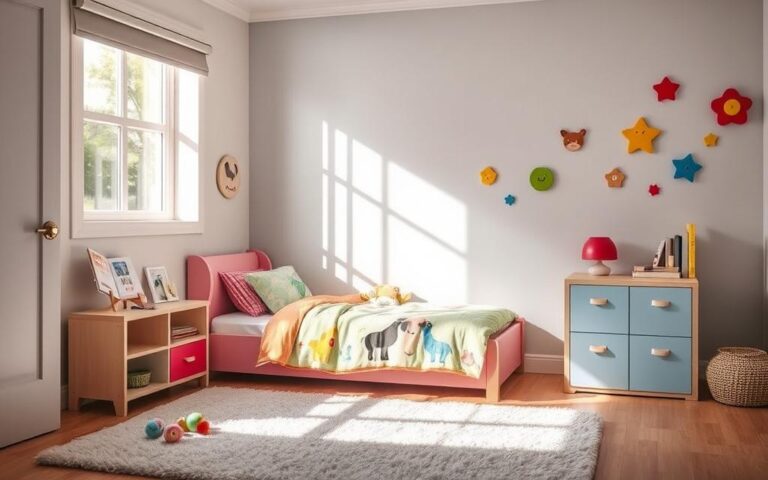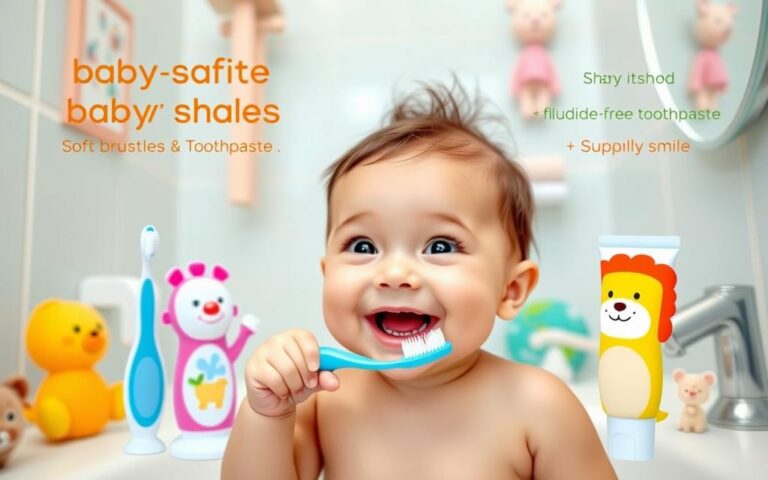Exploring Your Newborn’s Appearance

The journey of childbirth brings forth a bundle of joy, but it also introduces us to the curious sight of newborns. Let’s delve into what to expect in your baby’s appearance in those early days and weeks.
Understanding Your Baby’s Head
Newborn heads often appear slightly misshapen or pointy, a result of the molding process during birth. This molding occurs as the baby passes through the birth canal or during assisted delivery with a vacuum extractor. Fortunately, your baby’s head typically regains its original shape within one to two weeks.
Babies delivered via C-section usually have rounder heads since they bypass the birth canal. Their faces also tend to be less swollen compared to those born vaginally.
Soft spots, known as fontanels, adorn your baby’s head, facilitating brain growth. These diamond-shaped openings allow the skull bones to compress during birth. The fontanels generally close within six months to two years after birth.
Observing Your Baby’s Body
After spending months in the snug confines of the uterus, your baby’s body may initially appear curled up. However, within a week or two, their arms and legs will begin to stretch out. Some babies find comfort in swaddling, as it recreates the cozy environment of the womb.
While it’s normal for babies to lose a little weight in their first week, they usually regain it by the second week and continue to gain weight rapidly in the following months.
Around 10 to 21 days after birth, your baby’s umbilical cord stump will fall off, leaving behind a charming belly button. If a raw spot remains, keep it clean and dry, and consult your doctor if it persists after a month.
It’s common for newborns’ genitals and breasts to appear swollen due to hormonal changes just before birth. Any milky discharge from the nipples or vaginal mucus typically resolves within the first few weeks.
Also read: When Do Babies Start Holding Their Head Up?
Understanding Skin Color and Conditions
Newborns of all ethnicities typically have reddish-purple skin at birth, which gradually transitions to pinkish-red within a day or two. The skin may initially be lighter than its eventual color, darkening over the first two to three weeks.
Premature babies often have thin, transparent skin covered with lanugo, fine hair, and vernix, a protective substance. The amount of lanugo and vernix decreases with the baby’s gestational age at birth.
Various skin conditions, such as jaundice, milia, and acne, are common in newborns and usually resolve on their own within a few weeks or months. Birthmarks and eye color changes may also occur over time.
Anticipating Hair and Eye Color
Newborn hair color can be surprising and may not reflect the child’s eventual color. Hair texture and color often change in the first few months. Similarly, eye color may evolve over the first six to nine months, with the color observed at this stage typically being permanent.
Examining Ears and Nose
Newborn ears may be soft and floppy initially but become more defined as the cartilage hardens. The nose may appear swollen or flattened from birth pressure but typically regains a normal appearance within a few days.
As your baby grows and develops, their appearance and behavior will continue to change significantly throughout their first year of life. Enjoy witnessing these transformations and cherish every moment with your precious little one!
Also read: What To Do When Your Baby’s Crying For No Reason?






